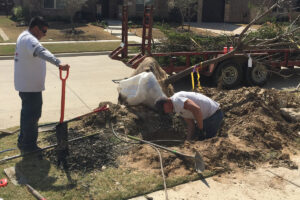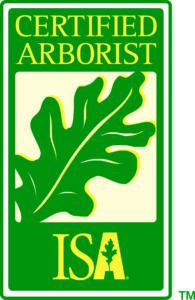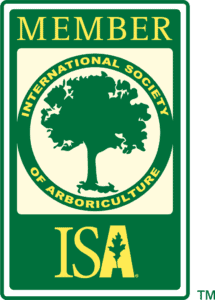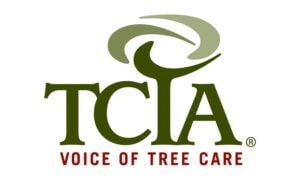Prepping to Plant
More than Digging a Hole
Planting a tree involves more than digging a hole and tossing in young trees you bought on sale. Thorough planning and professional guidance are essential if you want a healthy canopy with curb appeal.
This guideline covers general tree planting principles and site preparation tips. These recommendations can be applied to most landscape projects, tree species and climates, and will yield the best results if followed under the supervision of a professional arborist.

Designing Your Tree Canopy
A well-planned tree canopy can add value, aesthetic appeal, and vitality to your yard. Before you plant your tree, evaluate your landscape and decide what exactly how you want your yard to look. This can be a daunting process. To simplify the project, ask yourself a few questions:
- Does the planting spot have enough room for a mature-sized tree and its roots?
- Can I live with this design in the long-term?
- Do the trees I want to plant complement each other aesthetically?
- Are these trees native to the environment?
- Is my design safe?
- Is my design energy-efficient?
- Will I be able to handle the follow-up maintenance?
If you can’t answer these questions yet, don’t worry. A professional arborist can assess your landscape and work with you to determine the best trees to plant. As such, a preliminary consultation with a tree care professional is always the recommended first step.
If you want to weed out your options first, though, try using the Arbor Day Foundation’s Tree Wizard tool to see if your dream canopy fits your region, climate and space.
Design Tips & Guidelines
Spacing
Many homeowners neglect to space their trees properly which leads to overgrown, crowded conditions in your yard. This is detrimental to your trees’ nutrient intake and overall health. Use these dimensions as a rough estimate of spacing:
- For trees which mature greater than 60 feet, plant a minimum 20 feet from a building and 40 feet apart.
- For tree which mature between 30 and 60 feet, plant a minimum 15 feet from a building and 35 feet apart.
- For trees which mature less than 30 feet, plant a minimum 10 feet from a building and 15 feet apart.
- Plant trees no less than 15 feet from a driveway, 10 feet from a utility pole, and 30 feet from an intersection.
- Do not plant trees that grow over 20 feet tall under power lines.
Site & Soil
Proper soil is imperative for successful planting. Use the tips below to help ensure you are prepping to plant correctly.
- Call your utility providers to be sure there are no underground services in your planting area.
- Check to make sure your planting area has adequate drainage. If the soil is poorly-drained, your choice of tree species will be limited.
- Do a soil test to determine if your soil has the correct pH (acidic or basic) and nutrients to support tree health. Tip: Most trees with do fine with a moderately acidic soil.
- Check soil structure. Is your soil sandy? Does it have a lot of clay or silt? This can be done by sight, or with a soil test.
- Once you have determined soil pH (acidic or basic), soil drainage (wet or dry), and structure (sandy, clay, silt), you can then select a tree species that will thrive in your area.
Preparing the Site
After you narrow down where you want to plant your trees and what species you want to plant, it’s important to remove competing vegetation such as bushes and weeds from the area – if they inhibit your project. This way, your newly planted trees will have a better chance of surviving. There are two methods of site preparation: mechanical and chemical.
- Mechanical site preparation simply means removing competing vegetation from the planting site. Clear an area two feet in diameter where each tree is to be planted. If you are planting a series of rows, leave vegetation in between the rows to guard against soil erosion.
- Chemical site preparation involves using herbicides to control competing vegetation. Due to the diversity of herbicide products, always consult a professional arborist or tree care company before chemically treating your site. Please note: Many herbicides remain active in the soil long after treatment.
Call 3 Alarm Tree Rescue
For the best results, we recommend you hire a professional that is trained to assist with your planting project. Call us today at 3 Alarm Tree Rescue for a quote.




